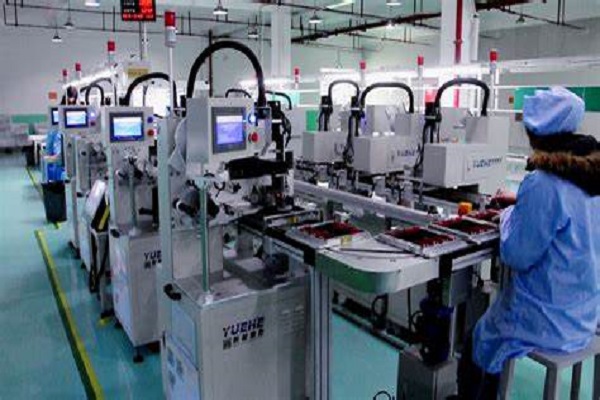


The production process of a watch factory may vary depending on the specific manufacturer and the type of watch produced. Understanding the production process of a watch factory is conducive to better cooperation with manufacturers in the future. The specific process can be divided into the following steps.
1. Design and development: The process begins with the design and development of the watch. Designers create initial sketches or use computer-aided design (CAD) software to create detailed 2D and 3D renderings of watch components and assemblies.
2. Parts procurement: After the design is completed, the manufacturer will purchase the parts required for watch production. This includes watch movements (inner mechanisms), dials, hands, crowns, cases, crystals, straps or bracelets, and other small parts.

3. Movement assembly: The watch movement is usually the most critical component and needs to be assembled. Movements are complex mechanical or electronic components that power the watch's timekeeping functions. Skilled watchmakers or automatic assemblers carefully assemble the movement together, ensuring precision and accuracy.
4. Case production: the case is independently manufactured from various materials such as stainless steel, gold, titanium, or ceramics. The enclosure is usually formed by casting, machining, or a combination of both, depending on the complexity of the design.
5. Application of the dial and hands: The dial and hands of the watch are installed on the movement. This step requires precise correct alignment of the hands and securing them securely to the movement.
6. Assembly and testing: The various components (including movement, case, dial, hands, crystal, and strap or bracelet) are assembled together for final assembly. A skilled technician or watchmaker carefully assembles the watch, making sure that all parts fit properly and function properly. The watch then goes through a rigorous testing program to verify the accuracy, water resistance (if applicable), and overall quality.
7. Quality Control: A comprehensive quality control process is implemented to check each watch for any flaws, imperfections, or deviations from the required specifications. Watches that pass the quality control standard go on to the next stage, while any issues are resolved.
8. Finishing and packaging: Once the watch is deemed satisfactory, the necessary finishing such as polishing, brushing, or engraving is carried out. Finally, the watches are usually packaged in branded boxes or cases, ready for distribution and sale.
It is important to note that this is a simplified overview and the actual production process may involve more complex steps, especially for high-end or complicated watches. In addition, some watch manufacturers may outsource certain stages of production, such as movement assembly or case production, to specialist suppliers.

2F, Building A, Shimei Industrial Park, Dalang Town, Longhua District, Shenzhen, China